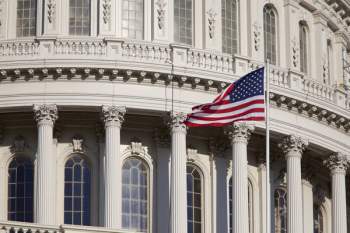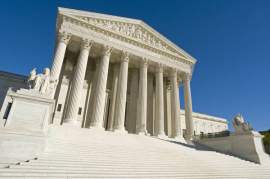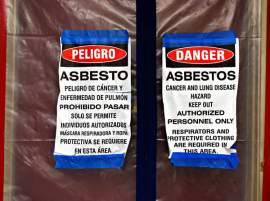
The Supreme Court Cases List

What is the Supreme Court?
The Supreme Court of the United States of America is the highest court system in the nation. The Supreme Court, as a result of this classification and function, possesses ultimate; however largely discretionary, appellate jurisdiction over all state and federal court systems, as well as original jurisdictions or local courts, in the United States.
The Supreme Court of the United States meets in Washington, D.C. in the United States Supreme Court Building. The Supreme Court consists of a chief justice and eight acting associate justices who are nominated by the President of the United States of America and subsequently confirmed by the U.S. Senate. When a chief justice is appointed, he or she maintains life tenure unless they are removed after impeachment.
What is the Supreme Court Cases List?
The Supreme Court Cases list refers to the tangible archives, which store and house all decisions rendered within the Supreme Court. The Supreme Court cases list is therefore the tangible archives that hold all the decisions rendered by the Supreme Court. In addition to the verdicts or precedents established, the Supreme Court Cases list will outline the main points of the case as well as the intricacies aligned with the case. The Supreme Court Cases list will also include all testimonials, significant entries of evidence, as well as crucial dialogue that was latent in the particular case.
Any individual or legal professional can evaluate these documents to analyze the intricacies surrounding any Supreme Court Case. The ability to evaluate the Supreme Court Cases List will offer a description and ideological approach in regards to how laws are viewed and subsequently upheld in the United States. Additionally, by viewing a Supreme Court Cases list an individual can better understand the United States Constitution and the United States’ Federal government’s interpretation of particular laws or sociological issues.
The majority of cases heard in the Supreme Court carry an unwavering significance in regards to sociological precedence and importance. The cases heard in the Supreme Court essentially traversed through the lower court systems who viewed the particular subject matter as hazy or ambiguous. As a result of the pending nature, the case and the attached subject matter is sent to the Supreme Court where the highest and most prominent judicial officials will review the subject matter latent in the particular case. As stated before, engaging and evaluating a Supreme Court Cases list will enable an individual or legal professional to evaluate precedents and the tangible decision making process latent in groundbreaking legislature or rulings. These particular cases essentially laid the groundwork for fundamental sociological behavior and formalities that are still present in the United States to this day.
How to observe the Supreme Court Cases List:
A Supreme Court cases list can be obtained and subsequently reviewed on numerous websites, including the United States’ Supreme Court website, located at www.supremecourt.gov. Additionally, the tangible version of the United States Supreme Court list can be observed at the national archives in Washington, D.C.
NEXT: What are Court Cases?




















